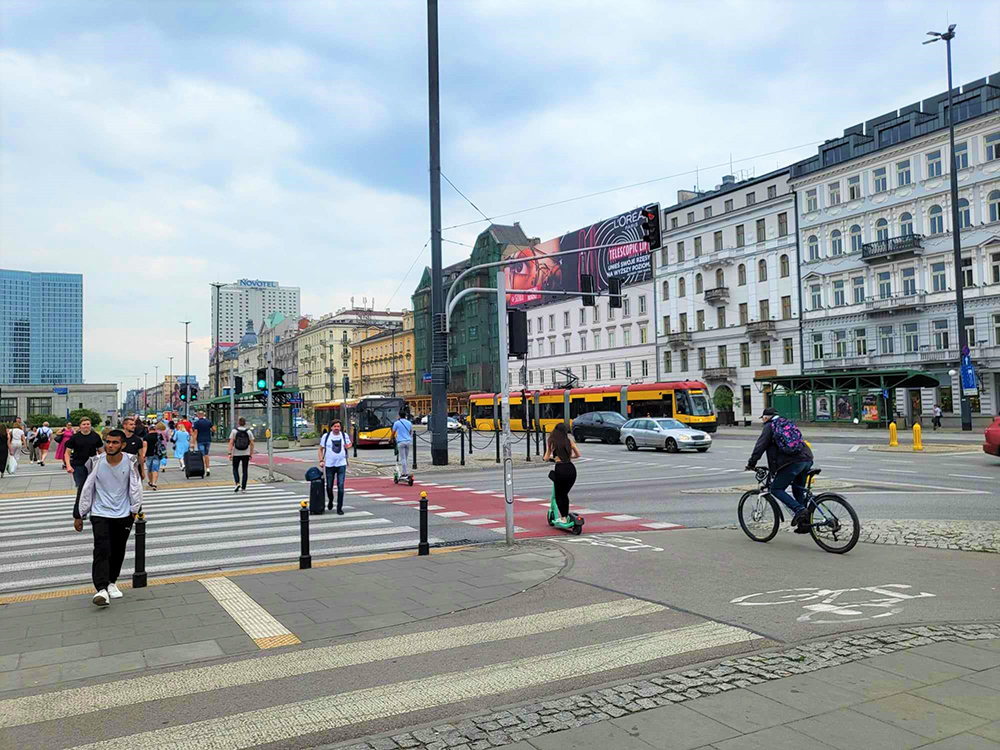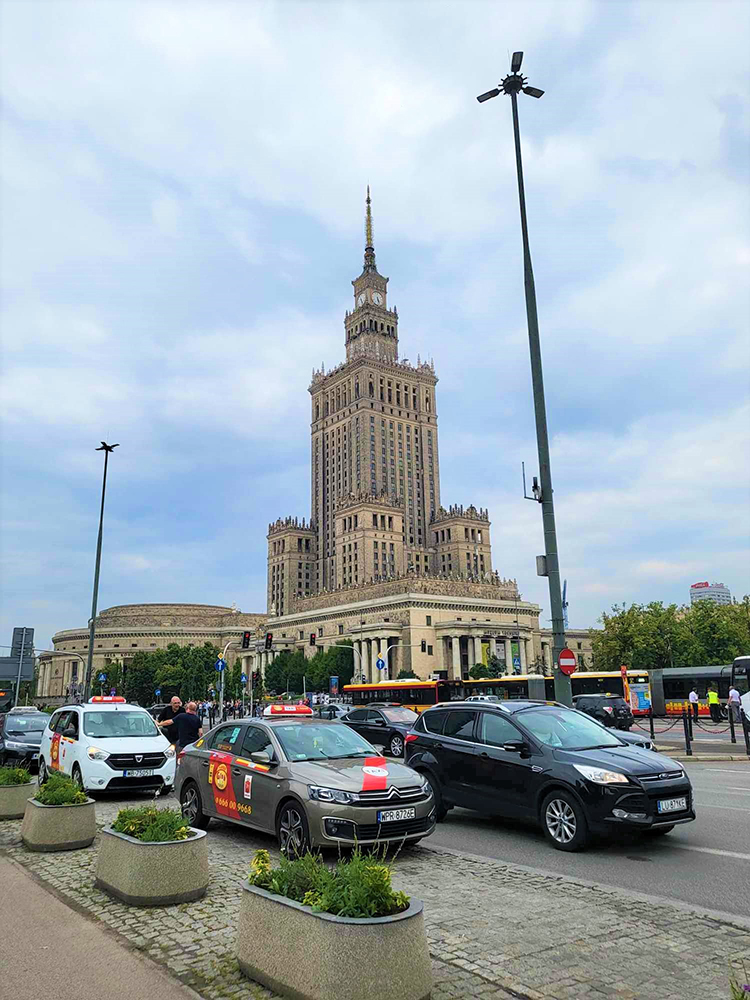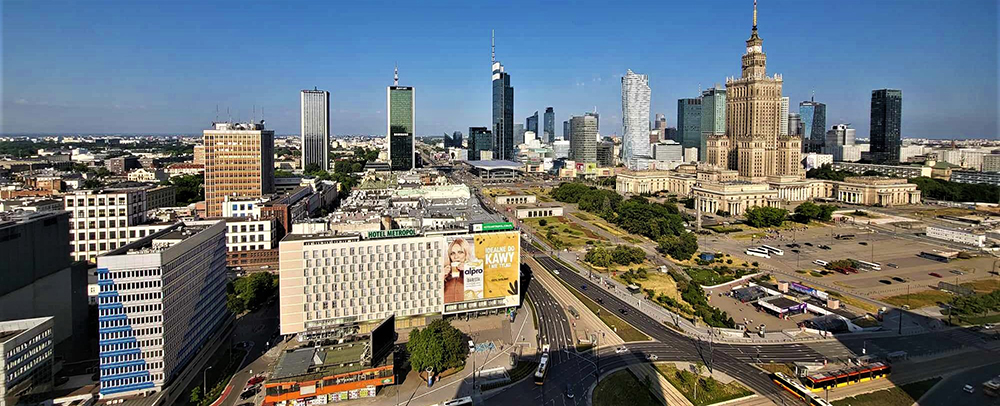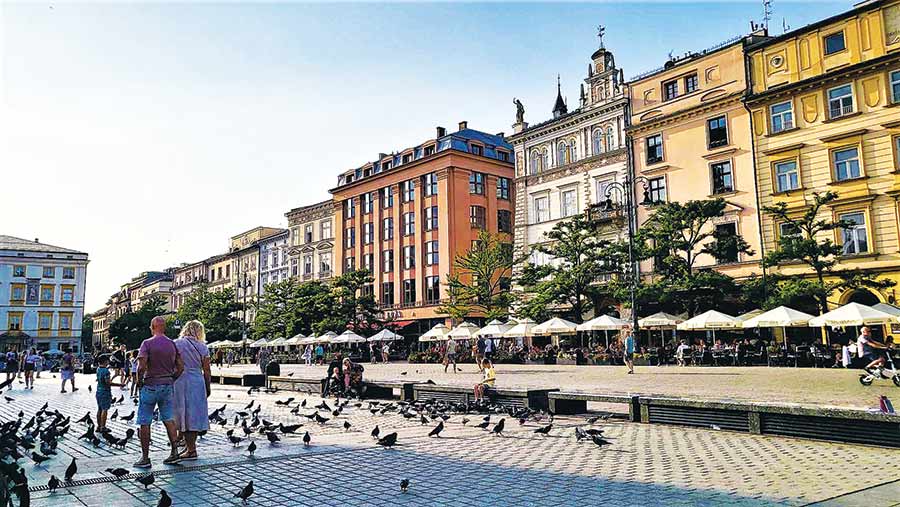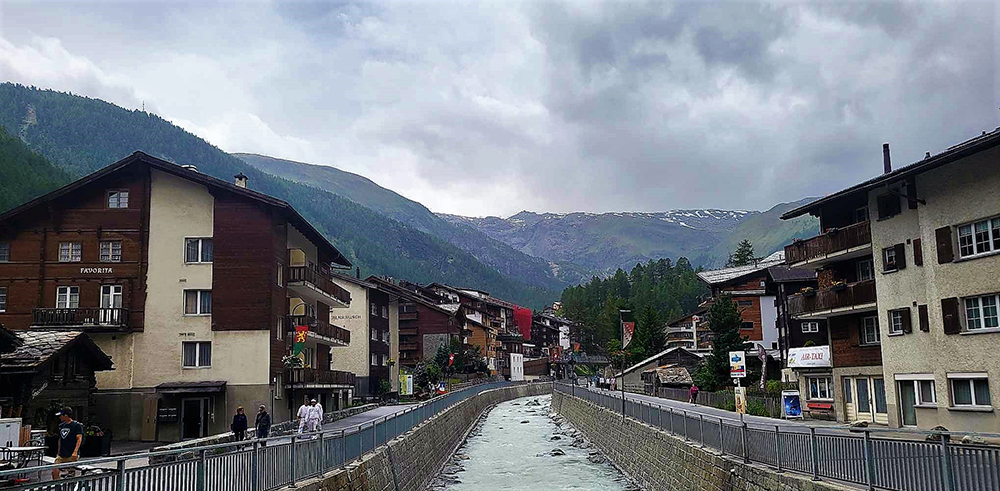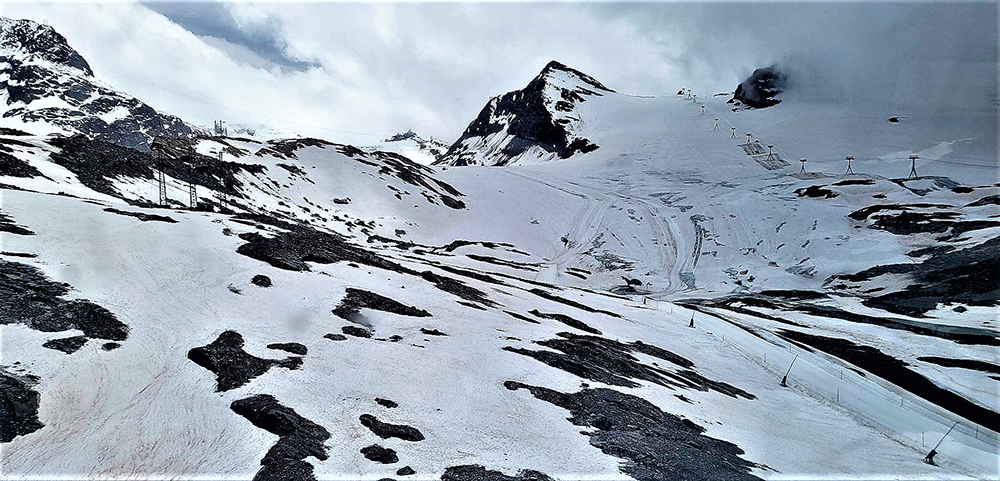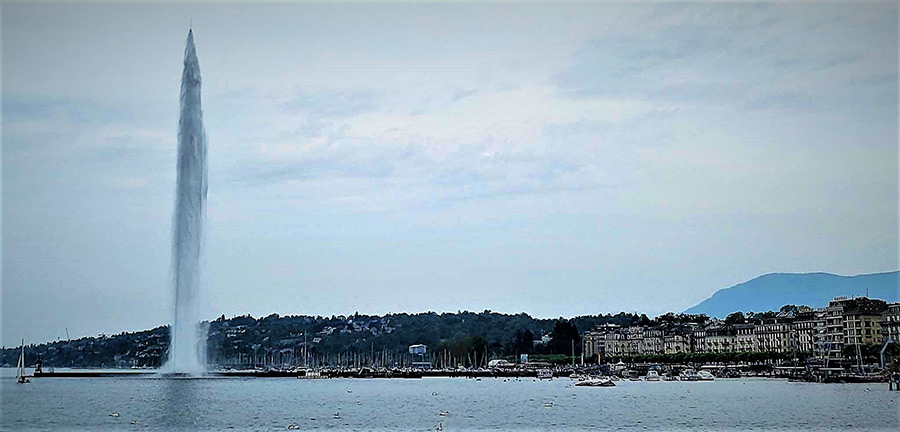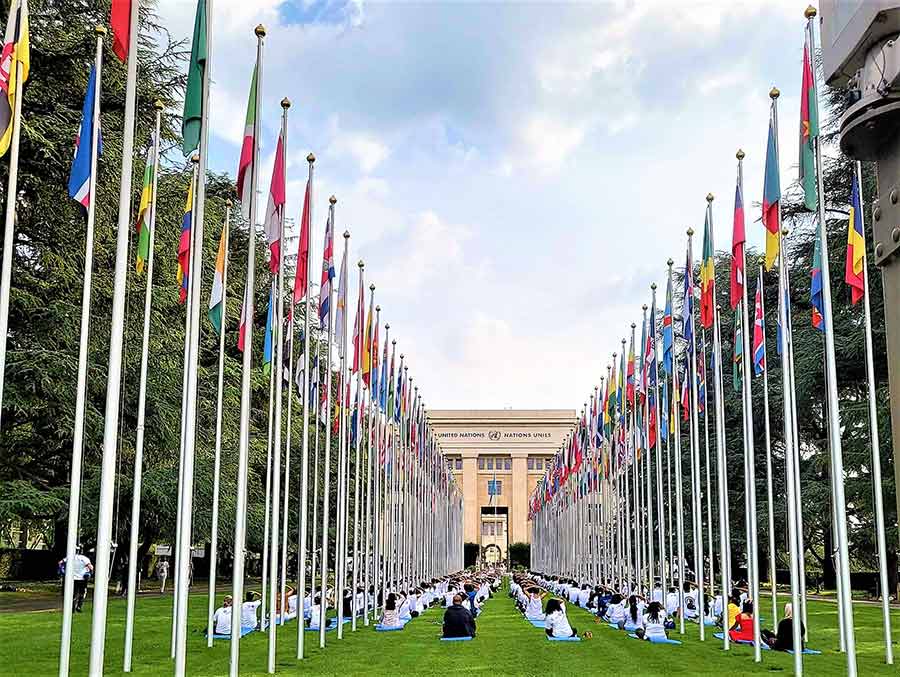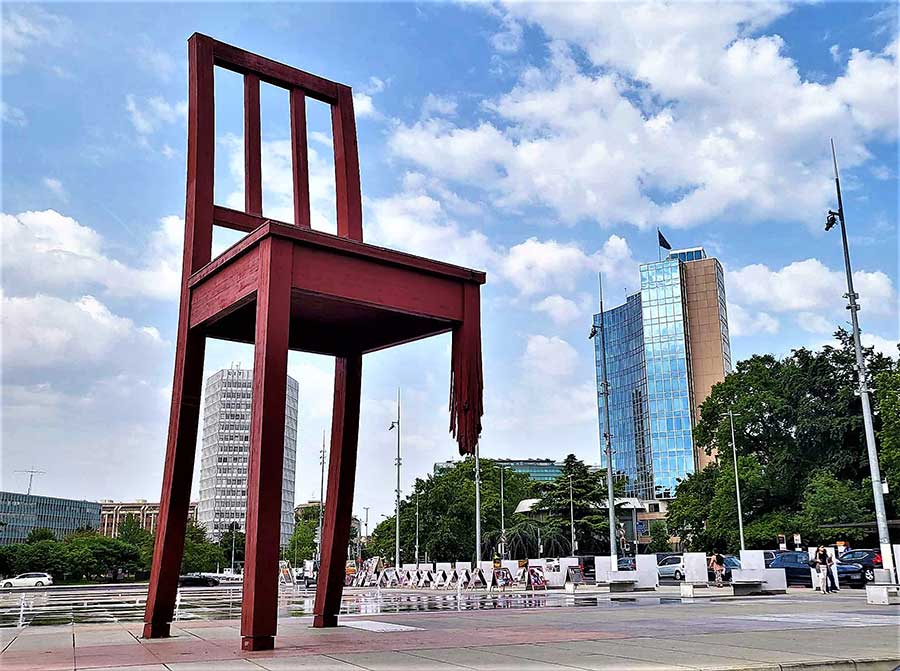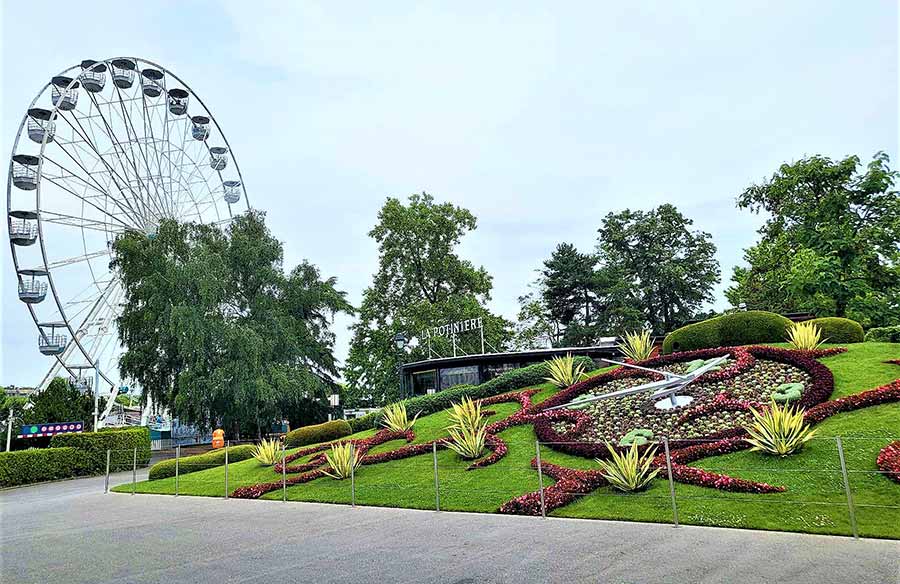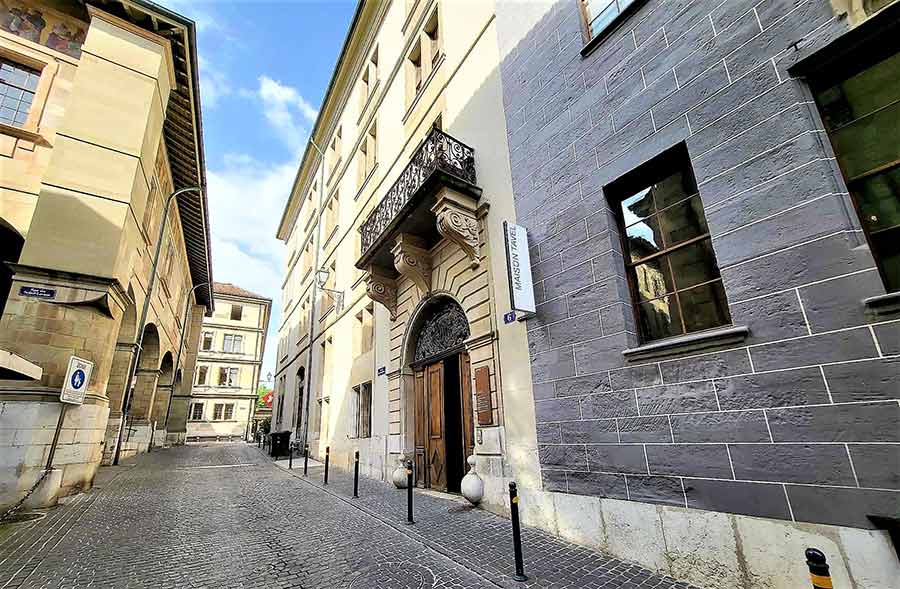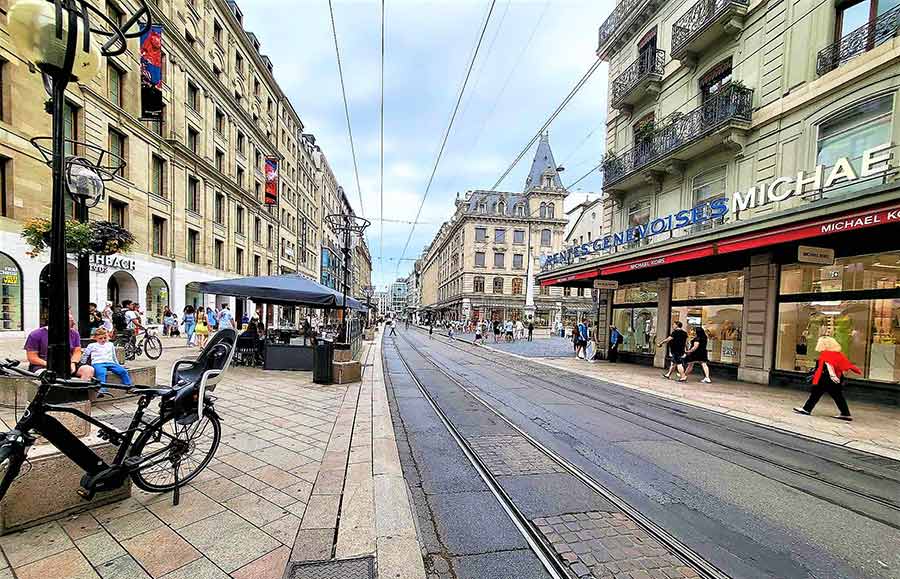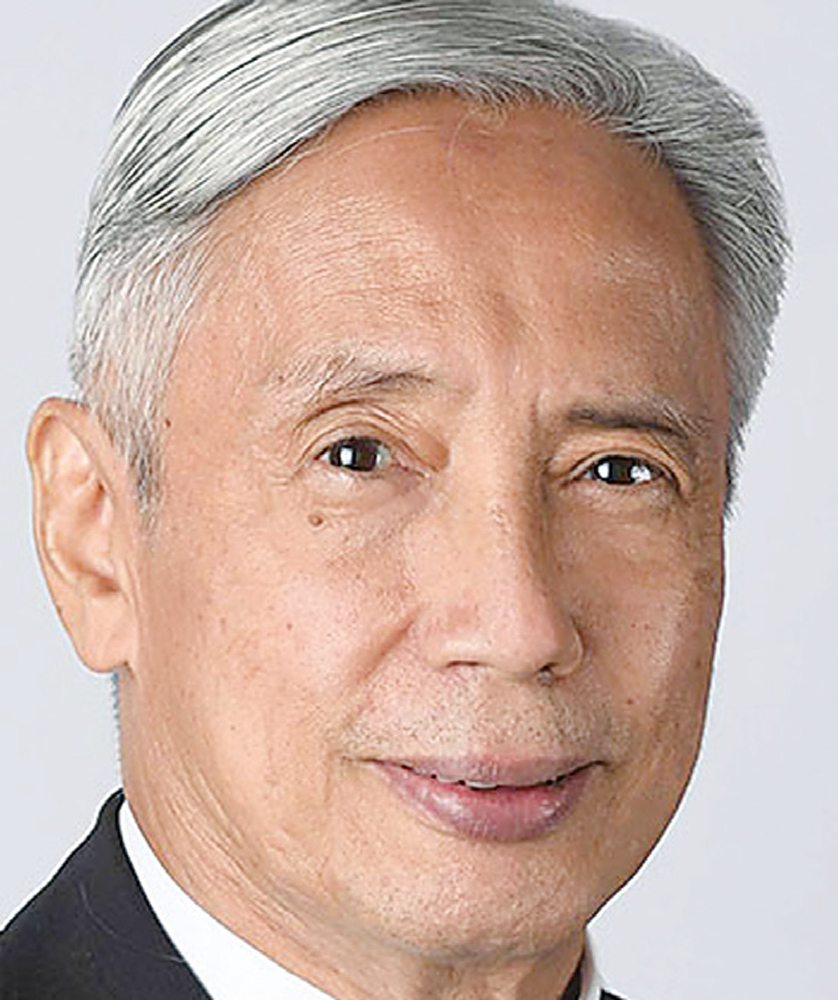For the fourth consecutive month, inflation slowed down further in May mainly due to declines in the prices of commodities in the indexes of transport and food and non-alcoholic beverages.
The Philippine Statistics Authority said inflation was at 6.1 percent in May from 6.6 percent in April 2023. This is also the slowest since the 5.4 percent rate in May last year.
Dennis Mapa, national statistician and civil registrar general, said among the 13 commodity groups, the downtrend was primarily brought about by the annual decline in the index of transport at -0.5 percent from 2.6 percent annual increase in the previous month.
The heavily-weighted food and non-alcoholic beverages posted a lower inflation rate of 7.4 percent from 7.9 percent in April.
The third main source of deceleration for the May inflation was restaurants and accommodation services, which registered slower inflation at 8.3 percent from 8.6 percent in the previous month.
“The annual rate of alcoholic beverages and tobacco index slowed down to 12.3 percent during the month,” Mapa said.
Higher inflation rates, however, were observed in the indices of furnishings, household equipment and routine household maintenance at 6.2 percent and recreation, sport and culture at 4.9 percent.
Mapa said food inflation at the national level of 7.5 percent also exhibited a downward movement for the fourth month in a row. Food inflation was posted at 8 percent last month.
“The slower food inflation during the month was primarily influenced by the lower annual growth in fish and other seafood. This was followed by meat and other parts of slaughtered land animals. The third primary driver of slower food inflation was milk, other dairy products and eggs,” Mapa said.
Felipe Medalla, Bangko Sentral ng Pilipinas (BSP) governor, said the inflation outturn is “within the BSP’s forecast range of 5.8 to 6.6 percent.”
Despite the decline, the year-to-date average inflation rate stood at 7.5 percent, still above the government’s full-year target range of between 2 and 4 percent.
“(This is) Consistent with the overall assessment that inflation will remain elevated over the near term before gradually decelerating back to target range in Q4 2023 in the absence of further supply-shocks,” Medalla said.
Medalla said the balance of risks to the inflation outlook for 2023 and 2024 remains tilted to the upside “owing to persistent constraints in the supply of key food items, the potential impact of El Niño on food prices and utility rates, as well as the effects of possible additional adjustments in transportation fares and wages.”
“The Monetary Board will review its assessment of the inflation and macroeconomic outlook in the monetary policy meeting on June 22. The BSP stands ready to adjust the monetary policy stance as necessary to prevent the further broadening of price pressures as well as the emergence of additional second order effects. The BSP also supports for the timely and effective implementation of non-monetary government measures to mitigate the impact of persistent supply-side pressures on inflation,” Medalla said.
Foreseeing a gradual return of inflation to the target band of between 2 and 4 percent, the Monetary Board last month decided to keep the key rate of the BSP at its current but still at 16-year-high level of 6.25 percent.
The interest rates on the overnight deposit and lending facilities were also kept at 5.75 percent and 6.75 percent, respectively.
To combat high consumer prices, the Monetary Board has increased the key rate 9 consecutive times since May, 2022, totaling 425 basis points.
Coordinated monitoring
President Marcos Jr. yesterday attributed the latest drop in the inflation rate to the continuing efforts of his administration to strengthen the country’s economy to eventually uplift the lives of Filipinos.
Trade Secretary Alfredo Pascual said the President told them to continue monitoring the inflation and think of ways to further reduce it.
He said one of the solutions to inflation is to remove the bottlenecks especially in food inflation.
“In food inflation, one source of increases in prices is because of bottlenecks in the supply chain. For example, there is a big harvest in a certain area, but the harvest failed to reach the area where the demand is. So the solution is to make sure that the logistics are available to be able to deliver the harvest to where the demand is),” he said.
Arsenio Balisacan, National Economic and Development Authority Secretary, reassured the public that a “coordinated and pro-active monitoring system is in place to keep food and energy prices within the target range.”
“We are confident that we can achieve the government’s inflation target this year as we work closely with concerned government agencies in monitoring the primary drivers of inflation,” Balisacan said.
For short-term measures, he said there is a need to fill local supply gaps through timely importation, ensure sufficient rice buffers during El Niño, and strengthen biosecurity.
Amenah Pangandaman, Department of Budget and Management secretary, expressed optimism the country shall continue to see a continuous inflation rate decline.
“This is a positive development. The economic team expects that our country’s inflation rate shall continue to decline. Our kababayans can be assured that we will remain steadfast in implementing strategies to keep the inflation rate well within target,” Pangandaman said.
“This development marks the government’s sustained progress in its fight against inflation. We are on track to manage inflation to within target range sometime in the fourth quarter of this year, if not earlier, and near the midpoint of the 2 to 4 percent target by next year,” said Benjamin Diokno, finance secretary and Economic Development Group (EDG) chairman.
“It is also encouraging to see that inflation has gone down in all regions. The government is committed to identifying bottlenecks in the country’s supply chain and improving the distribution of commodities down to the localities,” Diokno added.
Regions with the highest inflation rate were MIMAROPA Region (7.2 percent), Western Visayas (7.1 percent), and Central Luzon (6.7 percent). Inflation in Metro Manila slowed down to 6.5 percent from 7.1 percent in April.
Pause in policy rate
Michael Ricafort, RCBC chief economist, said the May downtrend brings the expected easing trend in year-on-year inflation for the coming months to about 5 percent levels in June, 4 percent levels from July-September and 3 percent levels from October-December “largely due to higher base effects.”
“Easing inflation trend would support continued pause in local policy rate on June amid some recent signals of a possible cut on large banks’ reserve requirement ratio as one of the options to ease monetary policy other than a local policy rate cut especially if there is no Fed rate cut yet by then,” Ricafort said.
He said any 1 percentage point cut in large banks’ RRR is equivalent to about P130 billion released into the financial system.
Ricafort also noted a possible cut, though the odds have been reduced recently, “if inflation eases further and if the Fed starts to cut rates by then amid signals to maintain the interest rate differential at 100 basis points to help stabilize the peso exchange rate and overall inflation.”
“Nevertheless, year-on-year inflation could have already reached the peak, particularly at 8.7 percent in January 2023, and could further ease thereafter as seen recently and could even ease year-on-year significantly, especially into the second half of 2023 due to higher base effects,” Ricafort said.
Jun Neri, lead economist of the Bank of the Philippine Islands, said they expect inflation to go down further in the coming months, excluding any oil price shocks or unusual food supply issues.
“If the current trend persists, a sub-4 percent print is possible as early as September with lower commodity prices as the main driver. However, a number of risks could delay this from happening. The supply of rice is currently vulnerable due to production issues abroad. To add to this, weather forecasters have flagged the risk of El Nino in the coming months. With rice accounting for almost 9 percent of the inflation basket, the impact of this commodity is significant. Another upside risk is the oil production cut of OPEC, which could limit the disinflationary impact of oil,” Neri said.
“We maintain our view that a policy rate cut is premature at this time, especially considering the possibility of another Fed hike. The recent GDP data have shown demand remains strong and the economy doesn’t need additional stimulus. The more crucial objective now is to ensure that inflation goes back to the BSP’s target. Achieving this is a growth stimulus in itself, making the stimulus provided by rate cuts unnecessary at this point,” Neri said.
Instead, Neri said it may be more appropriate to cut the reserve requirement ratio (RRR).
“Cutting the RRR at this point is not necessarily a form of easing if we consider the upcoming expiration of a regulatory relief provided by the BSP during the pandemic. Currently, banks can use their MSME loans as alternative compliance to the reserve requirement. Based on BSP data, the current amount of MSME loans used under this arrangement is around P260 billion. A 2 percent cut in the RRR will just offset the expiration of this regulatory relief and will not translate to a significant easing of liquidity,” Neri said.
El Niño preparation
Meanwhile, the Department of Agriculture’s (DA) National El Niño Team on June 1 convened partner agencies from the Food Security Group under the National El Niño Team of the National Disaster Risk Reduction and Management Council for its 1st Inter-agency Meeting to discuss the actions taken and plans of the member-agencies.
“We in the DA are doing our best in trying to allocate the resources like seeds, fertilizers, and other commodities that are necessary for the impact of the El Niño phenomenon to the farming communities in the country,” Senior Undersecretary Domingo Panganiban said during the meeting. – With Jocelyn Montemayor
